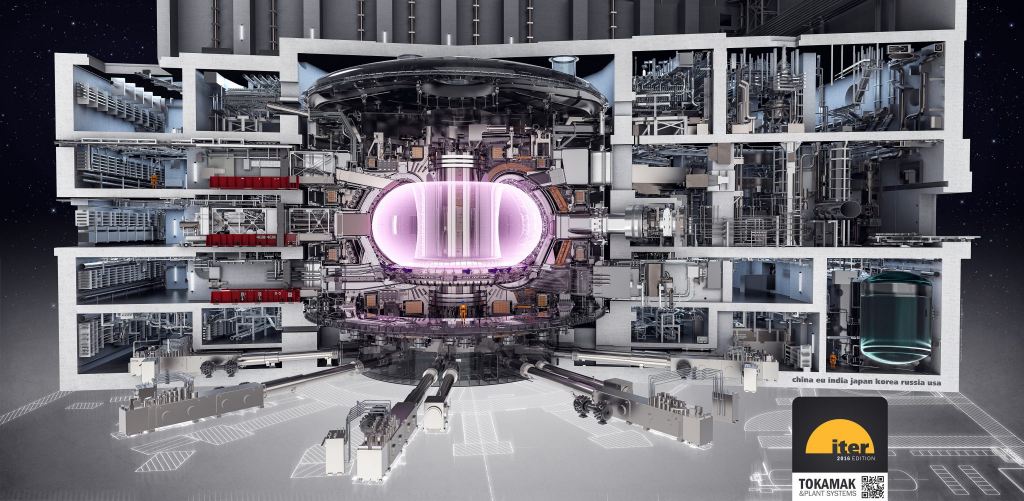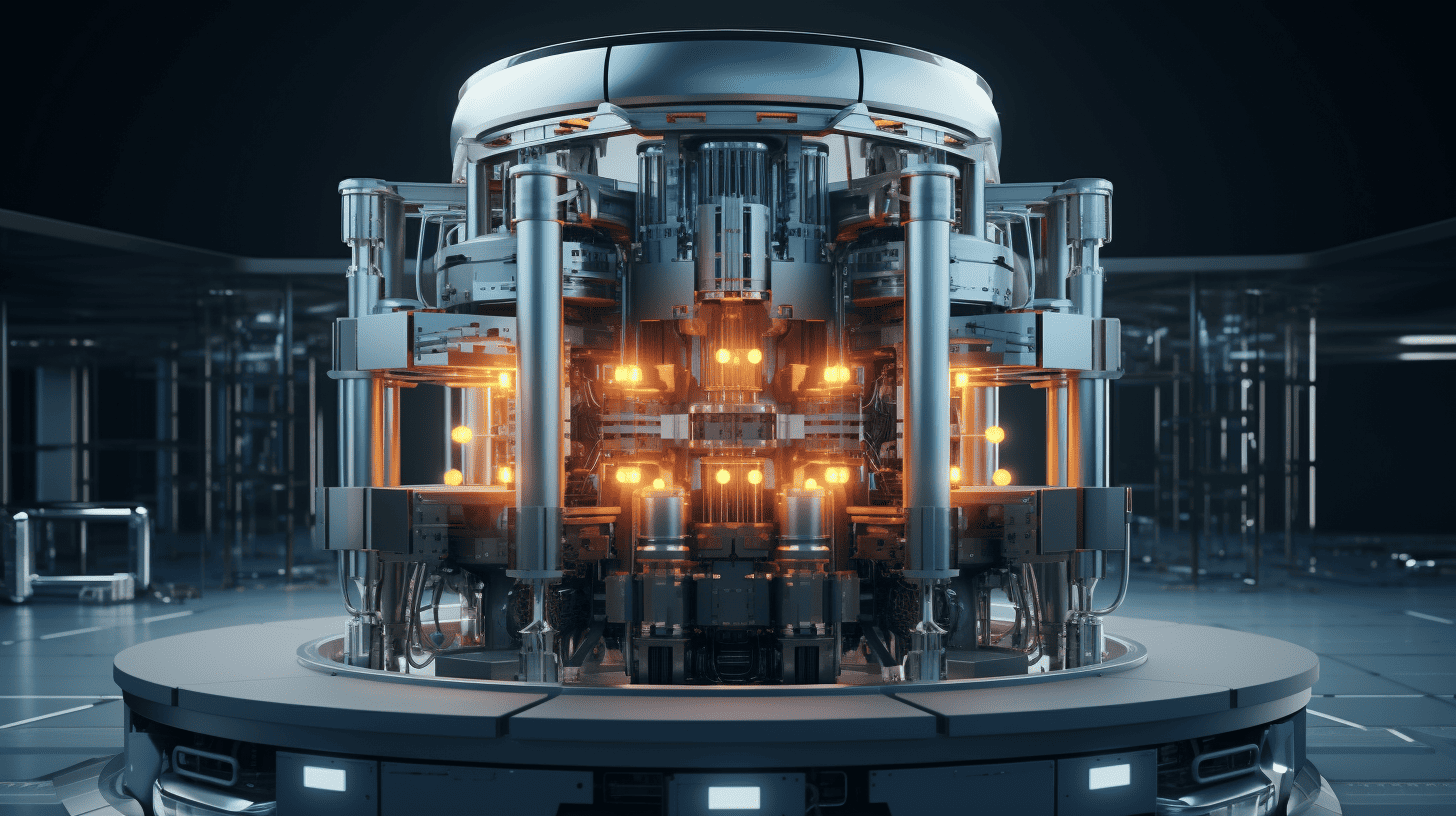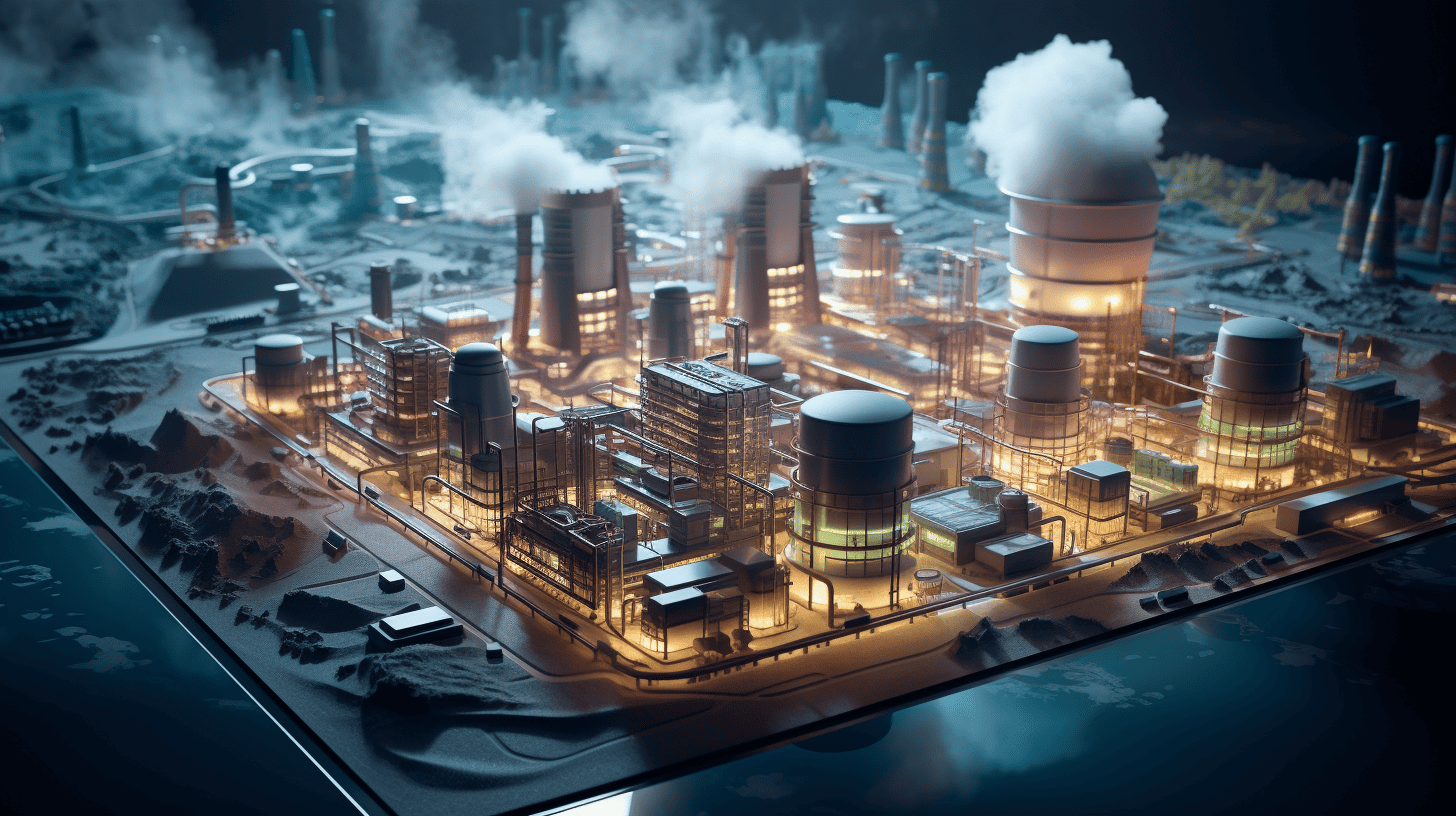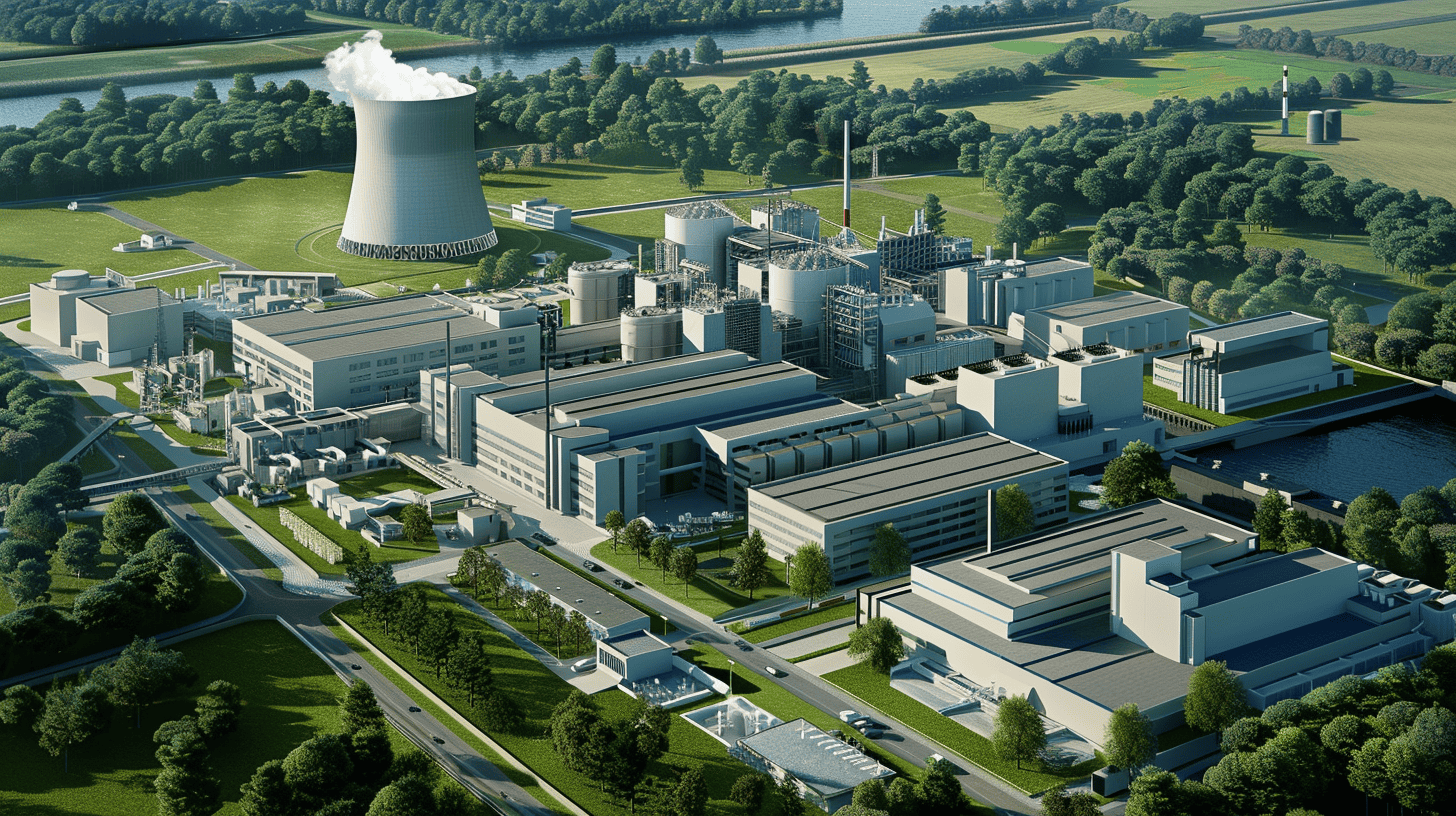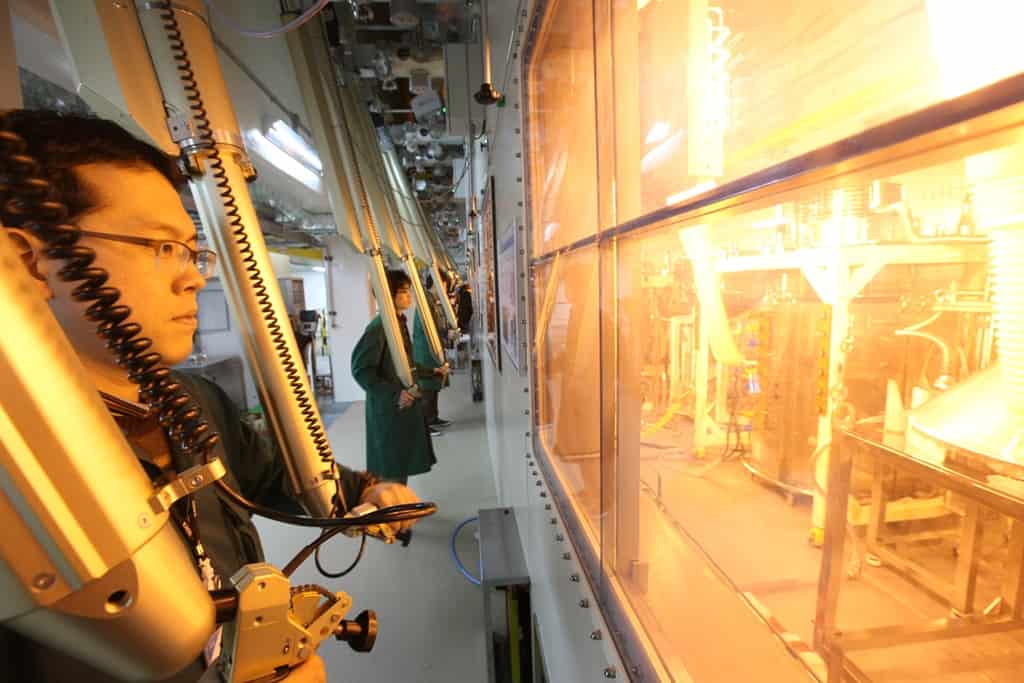
Recently we wrote about RePlanet, an NGO, proposing to repurpose nuclear waste as fuel for advanced fast reactors, potentially providing Europe with zero-carbon electricity for up to 1,000 years. But is it really that simple? Fast breeder reactors (FBRs), once a promising solution to uranium supply issues in the ’70s and ’80s, faced technical and economic challenges that hindered their widespread adoption. However, advancements in technology and increasing concerns about nuclear waste management have reignited interest in FBRs. Fast-neutron reactors, a type of FBR, can improve fuel efficiency and reduce waste by up to 80%. The International Atomic Energy Agency (IAEA) prioritizes FBRs. Could FBRs really play a role in achieving a net-zero economy in Europe?

The European experience with fast breeder reactors in the ’70s and ’80s
In the 1970s and 1980s, Europe made several attempts to develop and implement fast breeder reactor technology. One notable example was the SNR-300 project in Kalkar, Germany. Construction on this reactor began in 1972, intending to output 327 megawatts of energy and efficiently utilize the country’s limited uranium resources. However, public concerns about nuclear safety and a series of demonstrations hampered the project’s progress. Despite the plant’s completion in 1985, at the cost of over 4 billion USD, the disaster at Chornobyl in 1986 led to the project’s cancellation in 1991.

Another significant European fast breeder reactor project was the Superphénix in France. Designed with a 1.20 GW electrical power output, the reactor faced technical challenges, particularly with its liquid sodium cooling system, which suffered from corrosion and leaks. During its 11 years of operation, the plant experienced 53 months of normal operations (mostly at low power), 25 months of outages due to technical problems, and 66 months spent on halt due to political and administrative issues. The Superphénix was a focal point for anti-nuclear groups, including the Green Party Les Verts, and faced significant opposition throughout its planning and construction stages. In 1997, French Prime Minister Lionel Jospin announced the plant’s closure, citing its excessive costs. The French Accounting Office acknowledged the low availability of the reactor but noted improvements in 1996 and estimated that an availability above 46% would have made it economically viable to keep the plant open until at least 2001. The closure of Superphénix marked the end of Europe’s fast breeder reactor operations for electricity production.
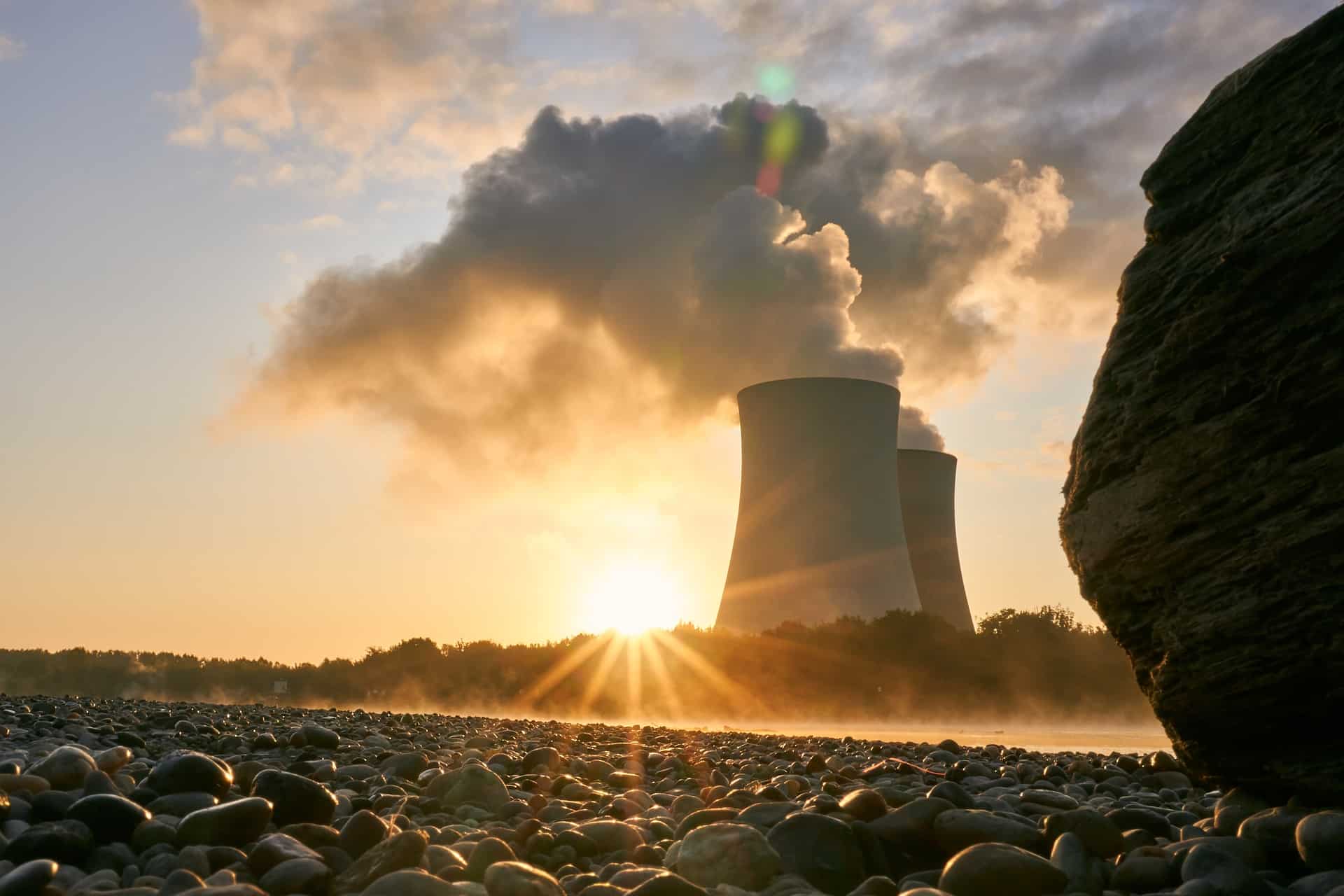
Recent advancements in fast breeder reactor technology
Technological innovations in materials science, reactor physics, and engineering have led to improved designs that offer enhanced safety features, better fuel utilization, and reduced construction and operational costs.
Major design improvements since the attempts in the 1980s include the development of advanced fuels and cladding materials, such as oxide dispersion-strengthened steels and silicon carbide composites, which can improve reactor performance and safety by withstanding higher temperatures and radiation levels. Another improvement is using passive safety systems, like natural circulation cooling and inherent reactivity feedback mechanisms, which can significantly reduce the likelihood of accidents and decrease operational complexity.
Fast reactors, including FBRs, extract more energy from used nuclear fuel and reduce waste by up to 80%. By employing techniques like pyroprocessing, scientists at the Argonne National Laboratory have developed ways to recycle used fuel without separating pure plutonium, thereby mitigating proliferation risks. These advancements in pyroprocessing and electrochemical techniques for fuel recycling have also enabled the more efficient separation of actinides and fission products, reducing the volume of high-level waste and the overall fuel cycle costs.
The new generation of fast-neutron reactors effectively eliminates waste concerns through a carbon-free waste-to-energy process, returning most remaining fission products to radioactivity levels comparable to original uranium ore within 200-300 years.
Fast breeder reactors and the nuclear waste problem
RePlanet’s proposal involves repurposing nuclear materials and building a fast reactor program to support wind and solar power in achieving a net-zero economy in Europe. Fast reactors can alleviate grid congestion and increase supply security, facilitating renewable power generation deployment. A burden could be transformed into a circular economic activity by redirecting resources intended for deep geological disposal toward a fast reactor program.
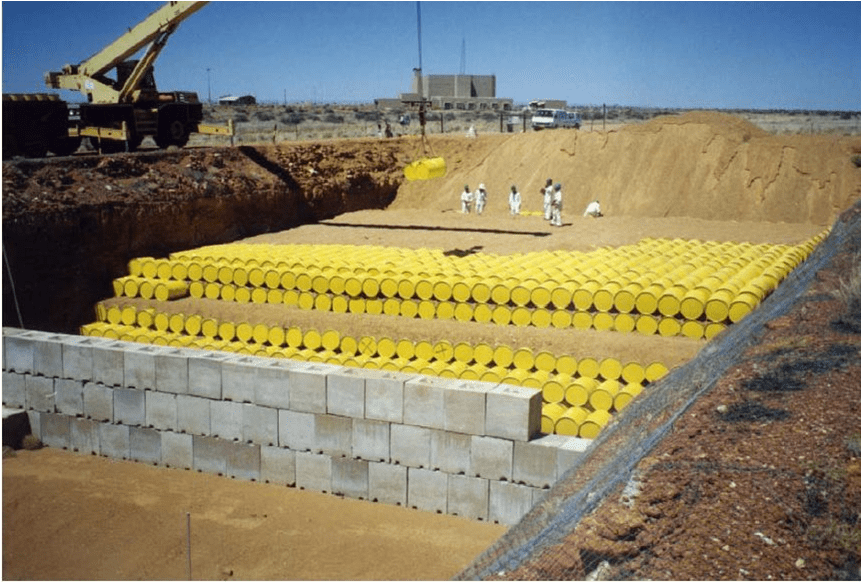
Challenges hindering the adoption of pyroprocessing and fast reactor technology include the lack of financial incentives and proliferation fears. However, pyroprocessing addresses proliferation concerns by mixing plutonium with uranium and highly radioactive actinides. Pyroprocessing plants with fast reactors can be built on former Light Water Reactor (LWR) sites, reducing security risks. RePlanet’s proposal, if executed, could transform nuclear waste into a circular economic activity, providing carbon-free electricity for Europe for up to a thousand years.
Environmental concerns and nuclear power
A fast breeder reactor can significantly extend the use of currently available nuclear waste by extracting more energy from it, but it cannot entirely eliminate the need for mining uranium or plutonium. Greenpeace argues that nuclear power is not the way to a green and peaceful zero-carbon future for six reasons, including high costs, slow deployment, and toxic waste production. The organization highlights that large volumes of radioactive waste are produced by nuclear fuel cycles, and no government has resolved how to safely manage this waste. Moreover, the Intergovernmental Panel on Climate Change (IPCC) states that renewable energy sources like solar, wind, hydro, and geothermal could supply 80% of the world’s power by 2050.
Despite these concerns, fast breeder reactors offer the potential to address some of the nuclear industry’s most pressing issues, such as waste reduction and fuel efficiency. As technology progresses and the urgency to combat climate change increases, investing in FBR development and research could pave the way for a more sustainable and eco-friendly future. While the debate surrounding FBRs and their role in a greener world continues, exploring all possible avenues to address the global energy crisis and transition towards a carbon-free future is essential.
